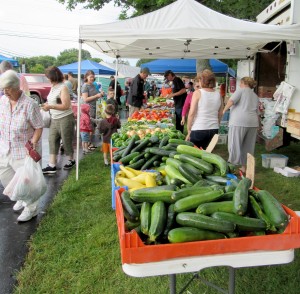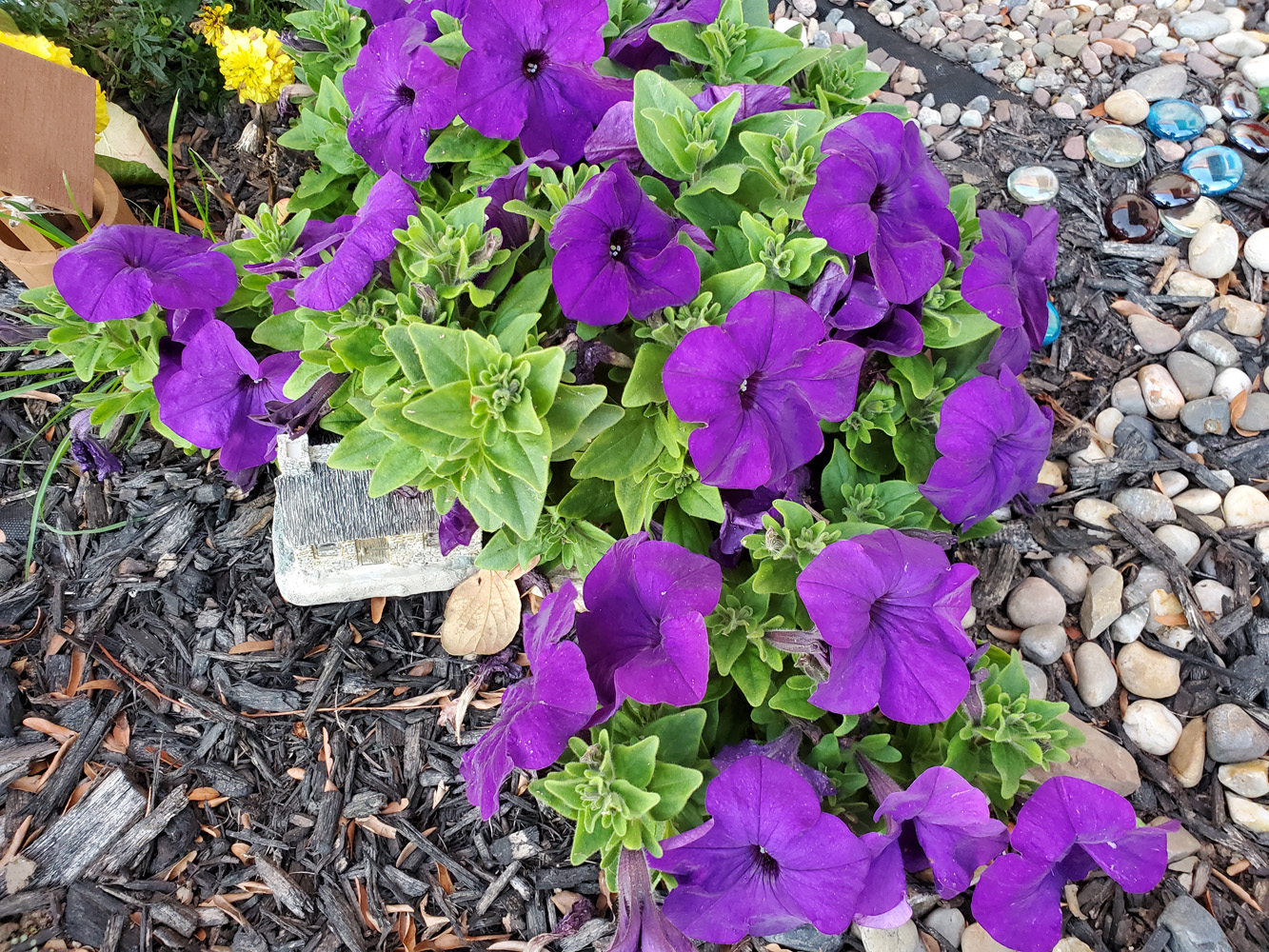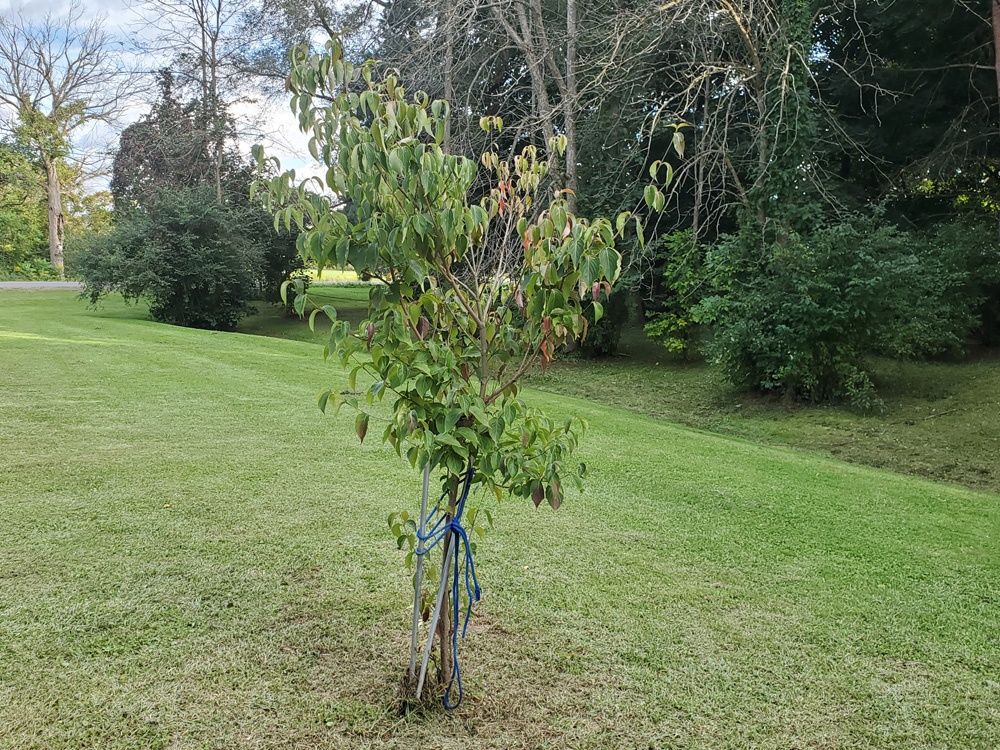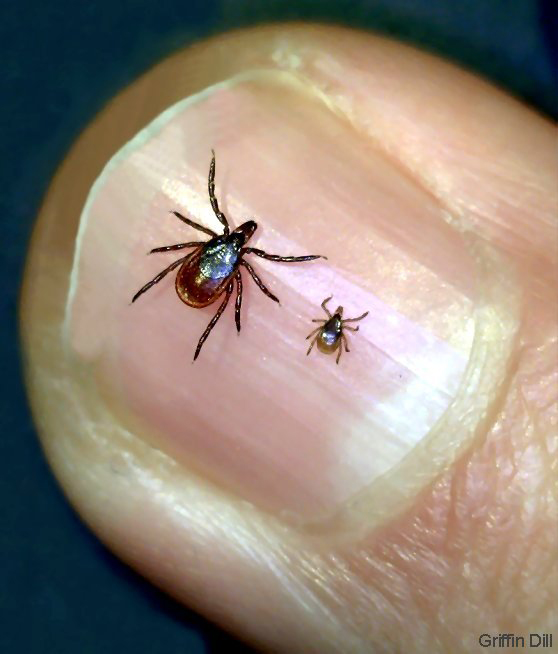Grow your vegetables and conduct valuable research
I’m sure enthusiastic vegetable growers have already made many choices for this year’s garden and probably started seeds for favorites like peppers and tomatoes, but I hope you might be open to a few suggestions and also be interested in how you can help Cornell University conduct research into garden vegetable varieties as part of one of its Citizen Science programs.

First, here are a few of the many 2016 All-America Selections winners for best performing new vegetable varieties for gardeners. I have included two pepper and two tomato varieties, as I think many people like to grow varieties of these plants from seed, which may not be readily available as transplants.
Included on the list are two yellow peppers: Cornito Giallo F1 and Escamillo F1. Cornito Giallo has bright yellow fruit and a sweet and fruity flavor. Fruits are six inches long and two inches wide. Escamillo is a golden yellow pepper that is early bearing and has a compact habit. Fruits are eight inches long and two-and-a-half inches wide.
Tomato Candyland Red is a beautiful gem-like current-type tomato – meaning the fruits are smaller than cherry tomatoes. The fruit is dark and sweet. Candyland is indeterminate and requires staking.
Chef’s Choice Green F1 is another tomato, which makes the AAS 2016 list. The heirloom-looking fruit is green with subtle yellow stripes and a citrus-like flavor. Chef’s Choice Green is indeterminate and also requires staking.
For white pumpkin lovers like me, Pumpkin Super Moon F1 makes the list. It is a Great Lakes regional winner, which means it should do well in our New York gardens. Super Moon is a large white pumpkin with fruits of up to 50 pounds. The fruit develops early on vigorous vines. The flesh is also good for roasting and eating as you would a winter squash.
To check out more AAS 2016 winners, go to their website: www.all-americaselections.org, which also provides links to seed producers.
Lastly, if you enjoy growing vegetables, you may be interested in taking part in Cornell University’s Vegetable Varieties for Gardeners Citizen Science research.The VVfG website provides an opportunity for gardeners to share their knowledge and experience growing various vegetable varieties with a wide community. Participants visit the VVfG site and report on what varieties perform well and not-so-well in their gardens.
Additionally, gardeners can view the variety of ratings and reviews that have been submitted to help make choices about what might grow well in their home garden.
By taking part, you will be helping other gardeners with your information as well as researchers. According to Cornell University, VVfG Citizen Science helps researchers gain new insight into vegetable variety performance under a wide range of conditions and practices.
As part of VVfG, Cornell has compiled a “Selected List of Vegetable Varieties for Gardeners in New York State 2016” available online. The report includes varieties, which are well-adapted for home and school gardens in our state. Varieties listed are those which can be rated as part of the VVfG Citizen Science project. The website also provides detailed descriptions and some seed sources for more than 7,000 varieties including those listed in the 2016 report.
Taking part in Cornell University’s Citizen Science vegetable can enhance your gardening experience. You will be contributing valuable research to the horticultural community and participation can be a fun and educational experience for children.
The 2016 report is available online at www.gardening.cornell.edu – click on “For Gardeners” and then “Citizen Science.” For seed sources of listed varieties see: vegvariety.cce.cornell.edu/.







